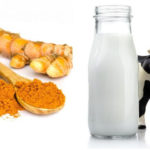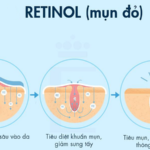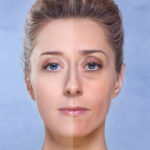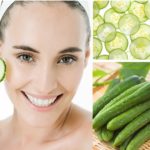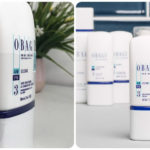Does Betel Leaf Help Whiten the Skin?
Betel leaf can whiten the skin because it contains phenolic compounds, including benzen, phenol, catechol, hydroquinone. Many people will notice smoother and whiter skin, with reduced pigmentation after using betel leaf for 1 week. However, this skin whitening method also carries potential risks.
The whitening effect of betel leaf is only temporary. As the pigmentation returns, the skin may become unevenly pigmented, resulting in patches of light and dark areas. Ultimately, the abnormal pigmentation will lead to a complete loss of skin color.

Betel Leaf Does Cause Skin Patchiness
Although betel leaves contain beneficial substances for the skin, they also contain derivatives of phenol such as eugenol, cavacrol, and chavicol; catechol (allyl-pyrocatechol), or benzen (chavibetol, p-cymene, and anethole)…
These are the components that affect pigmentation and cause toxicity to pigment cells. It can also cause contact dermatitis and lead to increased pigmentation. As a result, the skin becomes patchy and unevenly colored.
How to Treat Patchy Skin after Using Betel Leaf
If there are signs of increased pigmentation after using betel leaf, it is important to stop using it immediately. While the skin may appear slightly lighter, continuing to use betel leaf will only worsen the condition and make it more difficult to fix. Consult a dermatologist for appropriate treatment.
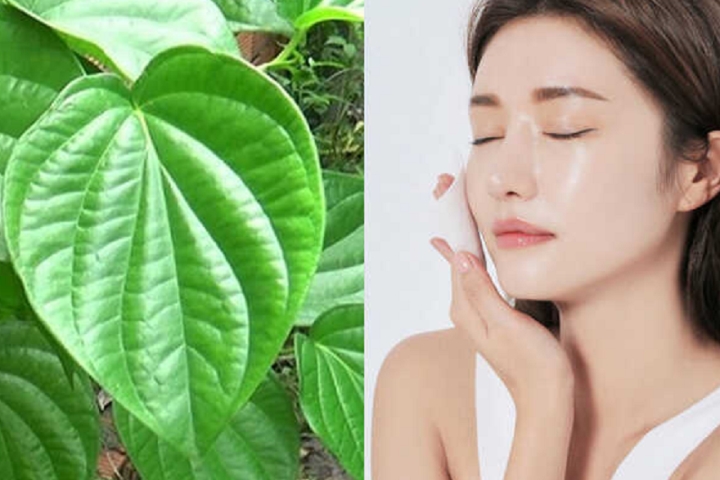
Treating this condition will take time, so it is important to be patient and allow the skin to gradually heal. Avoid self-treatment based on hearsay.
When treating pigmentation, avoid using pigmentation-reducing drugs that contain phenolic compounds, including hydroquinone. Instead, use other types of medications such as azelaic acid, retinoids, kojic acid…
If pigmentation treatment fails and the darkened skin affects the patient’s appearance and quality of life, skin grafting or cell grafting may be considered.
























